John & Paul & Ringo & George / &&& T-shirt
Experimental Jetset’s archetypical band shirts have become a referential meme, inspiring countless adaptations for text-based abstraction.
Contributed by Nick Sherman on Dec 14th, 2019. Artwork published in
.

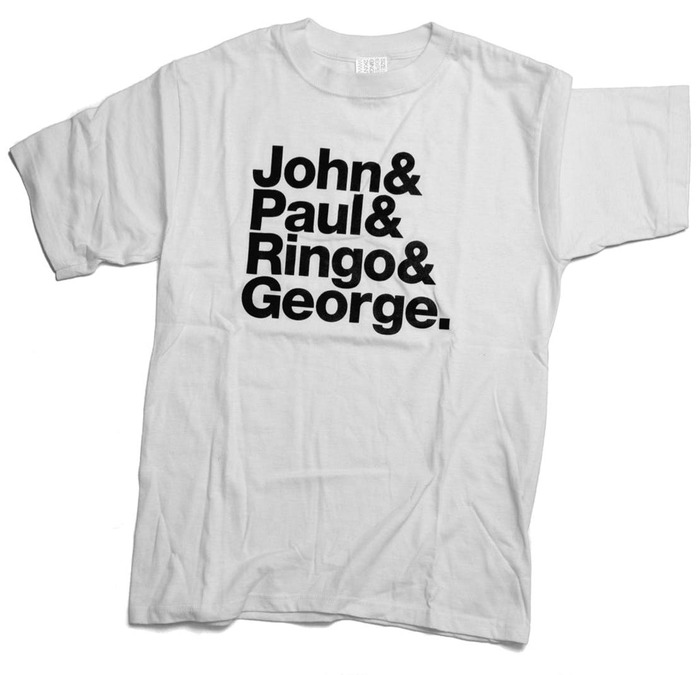

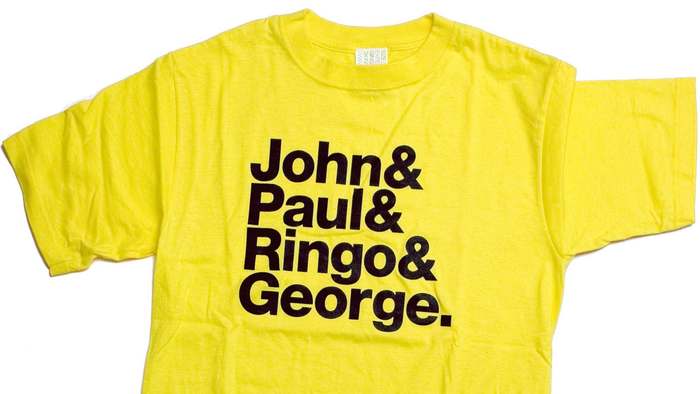
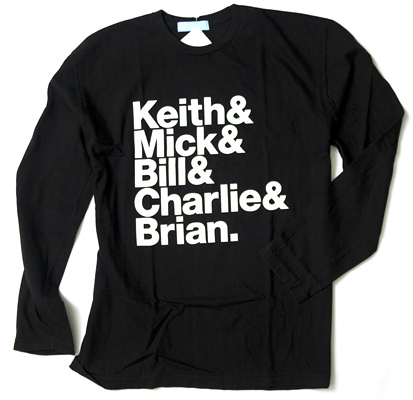



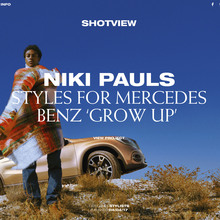

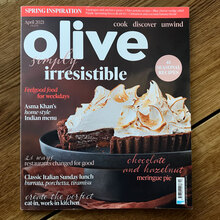


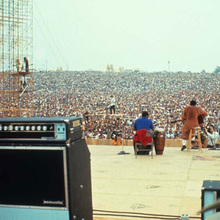







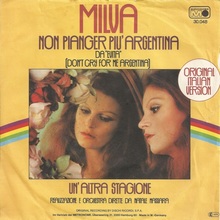





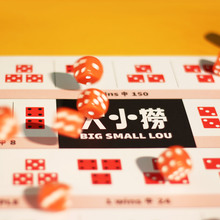





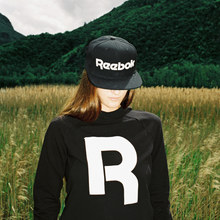

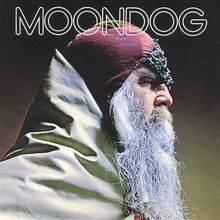





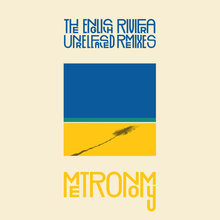




9 Comments on “John & Paul & Ringo & George / &&& T-shirt”
In a recent email with Experimental Jetset they elaborated on the selection of the Heavy weight from Neue Helvetica:
There are indeed countless rip-offs (or quotations, homages, derivations, etc.) of the original “J&P&R&G.” t-shirt. One of my favourites (because the choice of typeface is deadly accurate, and also I’m a huge Beach Boys fan) is this one:
In 2005, the Offenbach type collective TypeOff made a version featuring type designers with a relation to the city and the local foundry Gebr. Klingspor or their predecessor Rudhard’sche Gießerei:
Walter&
Otto&
Karlgeorg&
Rudolf.
You can still see the T-shirt on Dan Reynolds’ website. Here’s Chris Lozos wearing a red shirt:
This is such a fun format!
My friend and I are working on a citizen science project on developing a new kind of antibiotic using viruses, and I printed a couple of shirts using this format about eradicating the ESKAPE pathogens (the top pathogens associated with antibiotic resistance)
What about poor old Peter Behrens ?
Hi Stéphane, that’s a question for TypeOff! I was about to say that, while he released his typeface designs through Klingspor, Behrens wasn’t really connected to the city otherwise, and is rather associated with Düsseldorf and Berlin. But that’s true for Eckmann and Tiemann, too – as far as I know, they didn’t live, study, or teach in Offenbach. Maybe he wasn’t included because Behrens is known for so many things, and especially for his contributions to architecture and industrial design. I’m not saying his typeface designs were insignificant, but he’s not primarily a letter person.
I fear I have no satisfactory answer to your question, Stéphane! You could drop Lukas Schneider a like (IIRC, he was the one who designed the shirt; I certainly did not do that myself). I suspect that the choice of the four designers was a little random. The Klingspor foundry has so many great designers to choose from. You could put 10 on a list, but then the joke with the shirt wouldn’t have worked. And sure, as Florian mentioned, Koch just has to be there. We also knew Otmar Hoefer, Karlgeorg’s son. So even less space for other names. As for Otto, I couldn’t tell you if that is Otto Eckmann or not. Maybe it is a tribute to Otto Hupp!
Doh! We put the last names of the designers on the back of the shirt 🤦 So, yeah, the Otto is Eckmann. I’m a dummy! And still a dummy without a good answer about Behrens 😆
I do agree with you, Florian — Behrens was first and foremost an architect, and less of a graphic artist/typographer/type designer than the other four.
But he was prominently featured in the Jugendstil exhibition that ran this summer at the Klingspor Museum, so all’s well that ends well.